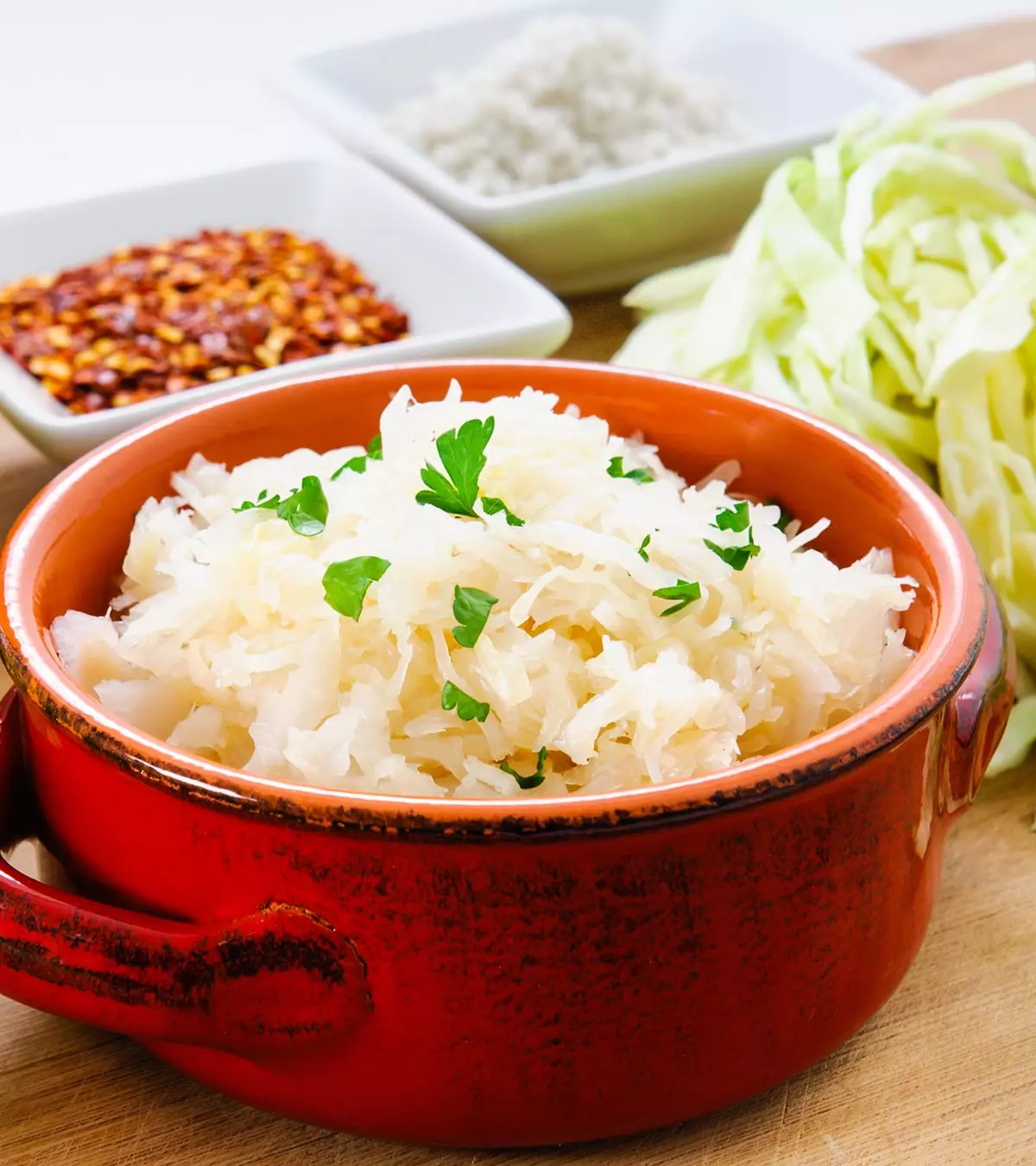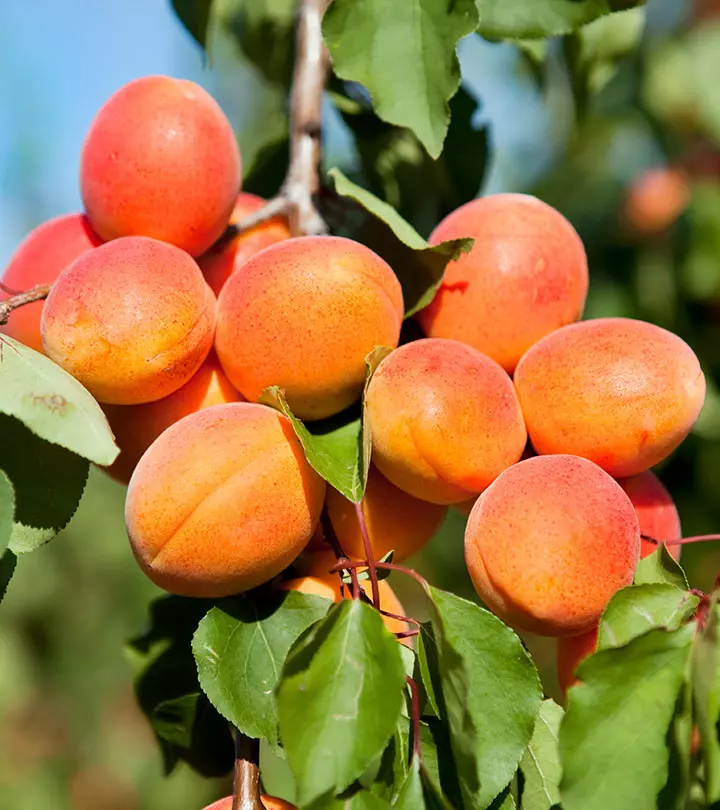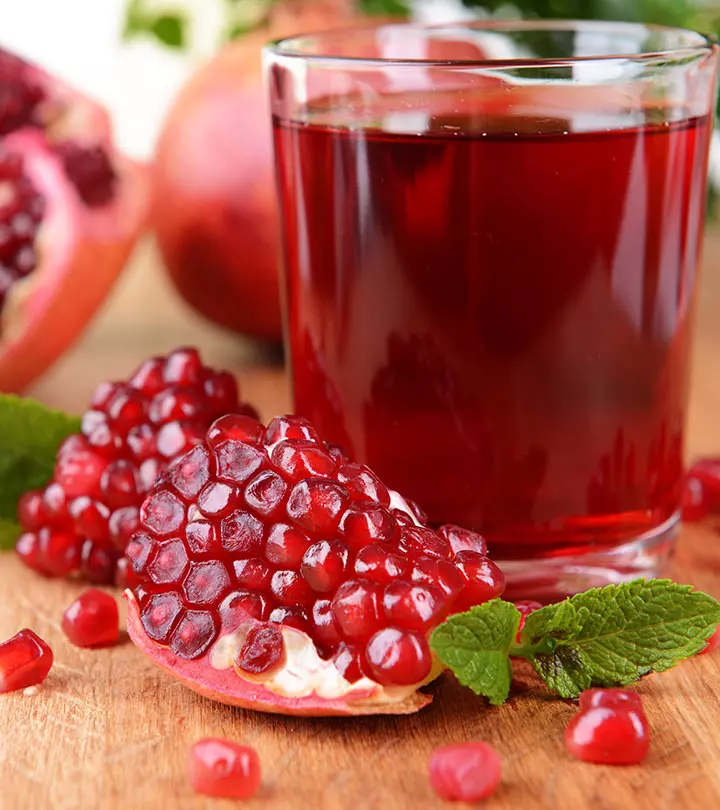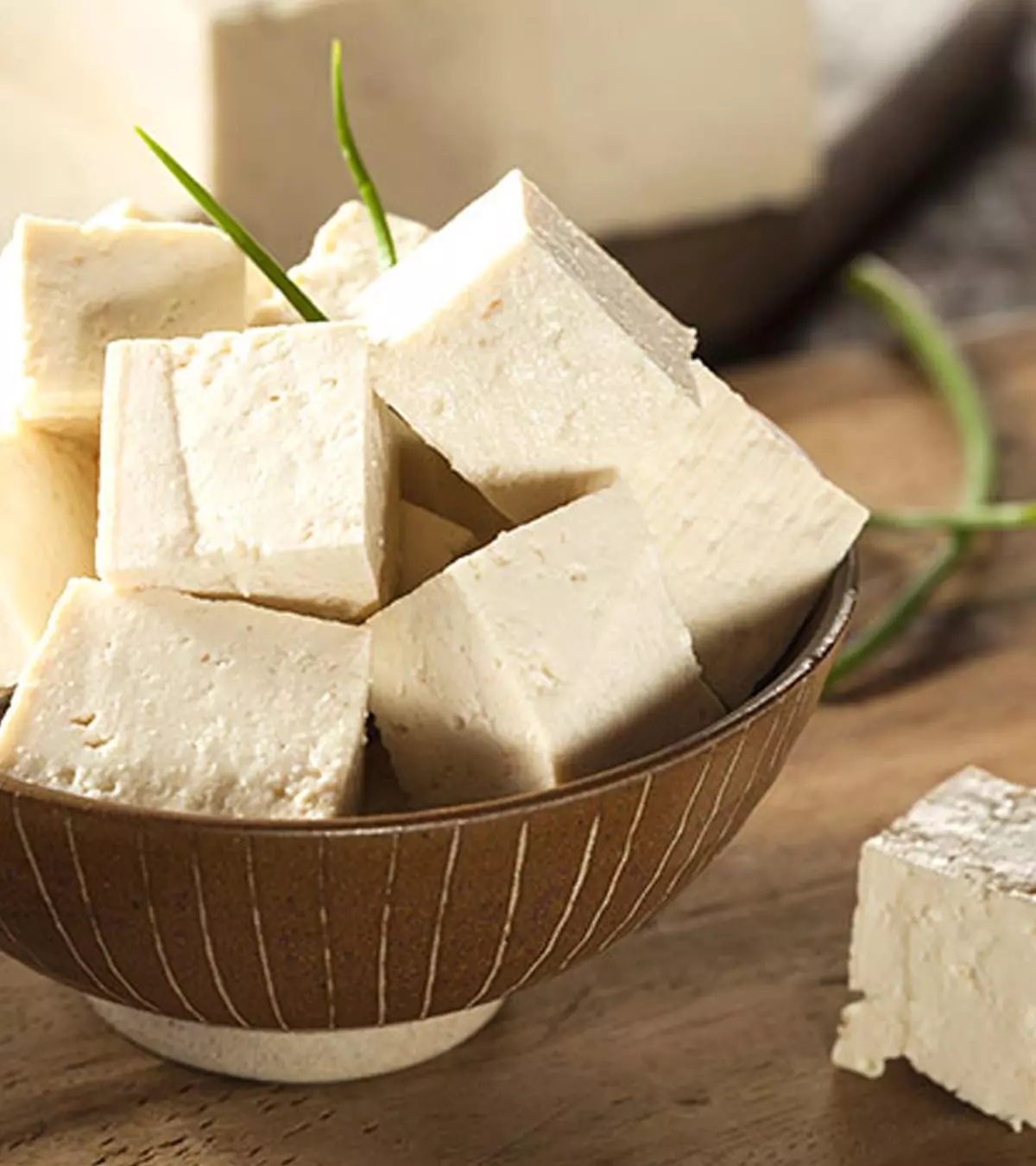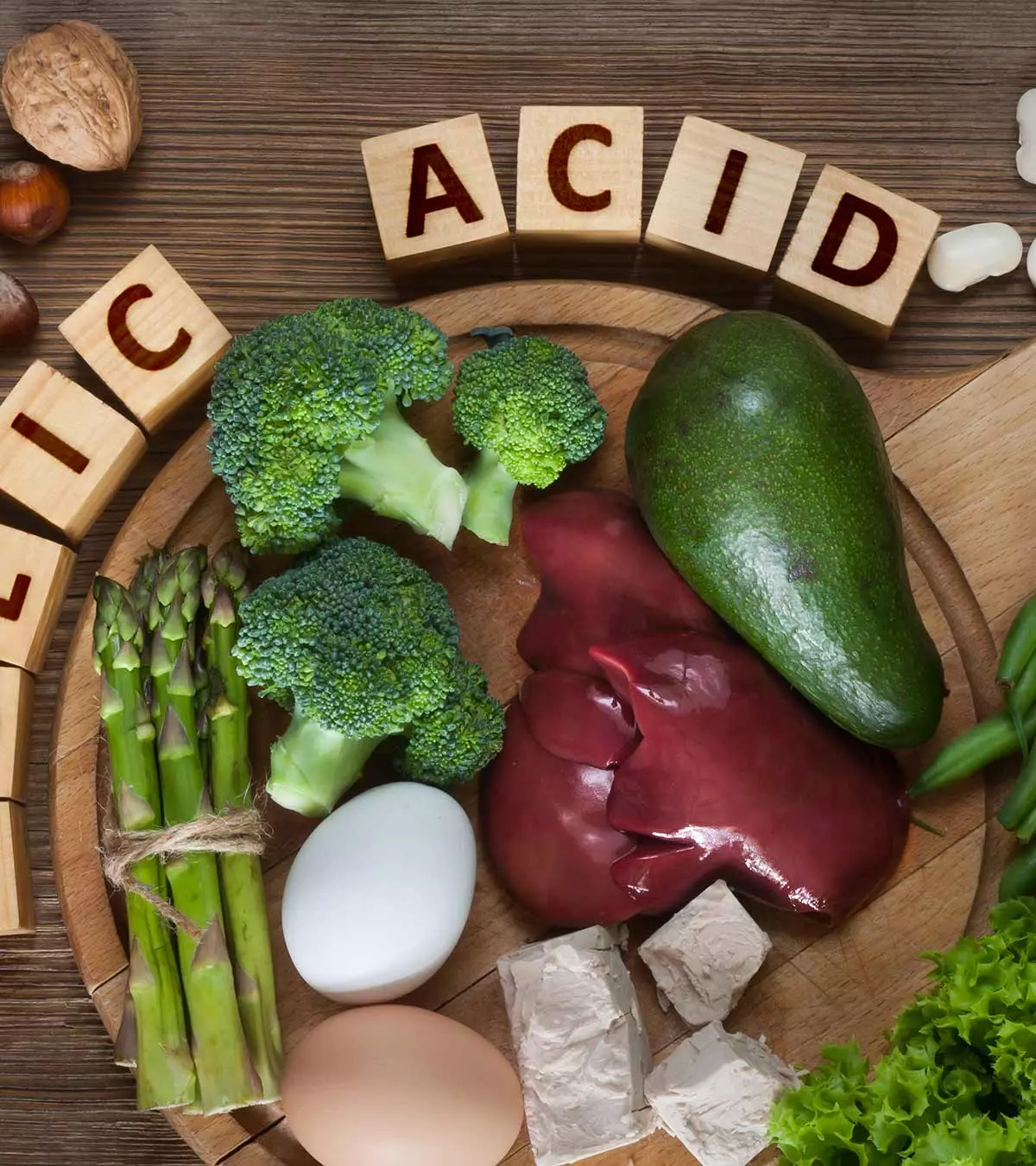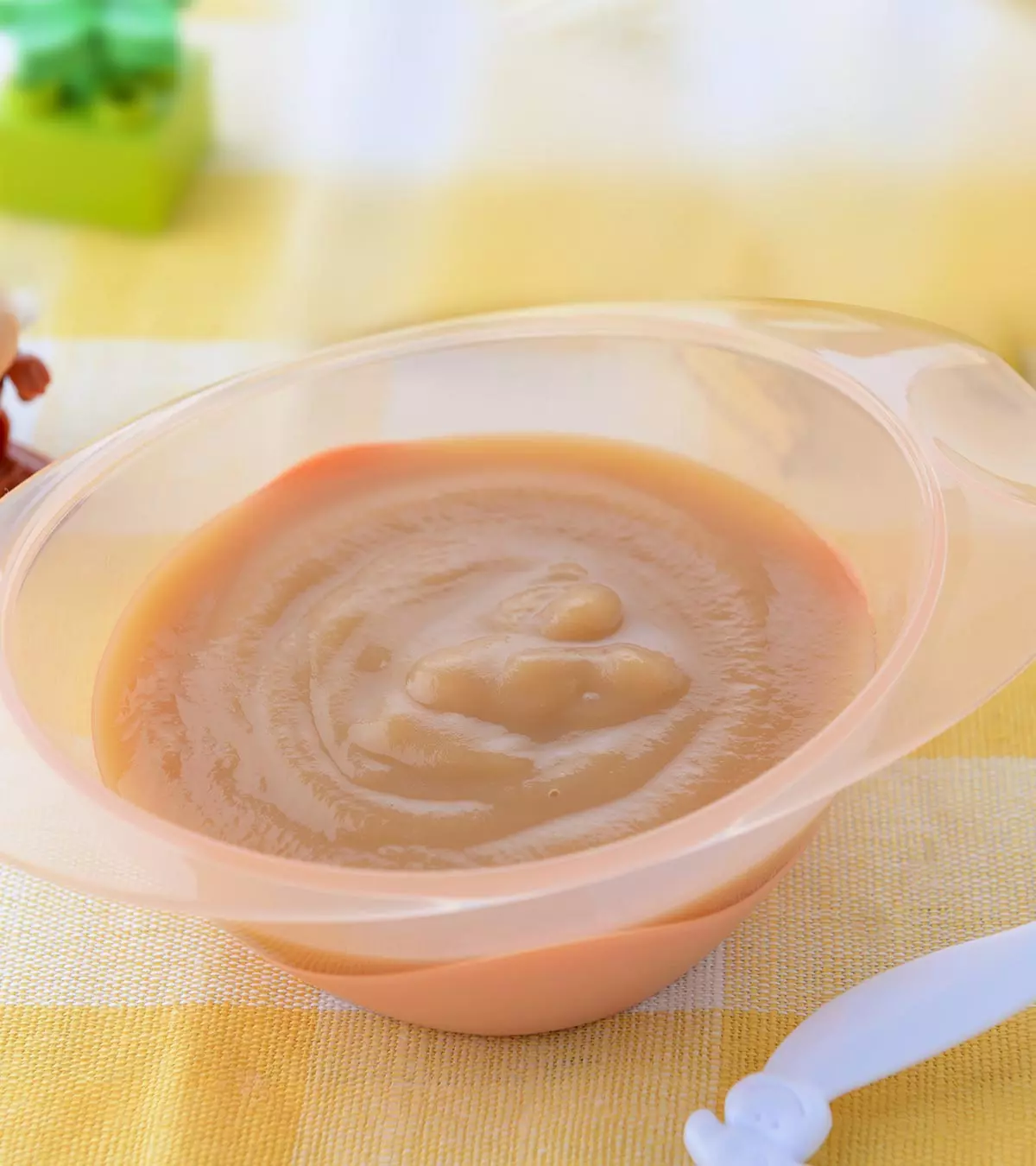
Ragi is a high-fiber food beneficial for babies. If you wish to introduce ragi to their diet, this post includes simple recipes to help you prepare ragi porridge for babies.
Ragi contains high amounts of protein, vitamins, and fibers that help improve digestion, strengthen bones, boost immunity, and prevent anemia. Read on to know more about the health benefits of ragi and learn some simple recipes to include ragi in your baby’s diet.
Key Pointers
- Ragi is a nutrient-rich food that is high in fiber, protein, and vitamins, which can improve bone health, digestion, and boost immunity.
- Ragi porridge is an easy-to-prepare food that can prevent calcium and iron deficiencies, making it a great choice for babies.
- It can be served as basic porridge or mixed with mashed vegetables to make it even more nutrient-dense.
What Is Ragi Porridge?

Image: Shutterstock
Ragi or finger millet is extremely nutritious, and it helps your baby’s overall growth and development. Finger millet contains high amounts of proteins, calcium, and iron. It is gluten-free, low in fat, absorbable and easily digestible. This Indian food idea for babies serves as one of the best weaning food preparations for babies aged six months and above. However, consult your pediatrician before introducing ragi porridge into your little angel’s diet (1).
Benefits Of Ragi Porridge For Babies
Ragi porridge has many health benefits for babies, which include:
1. High Nutritional Content:

Image: Shutterstock
Ragi powder is rich in nutritional content. It prevents malnutrition in babies who have stopped breastfeeding and provides them with an adequate amount of energy.
2. Easily Digestible:
Ragi is non-acidic and non-glutinous.
So ragi porridge is easy to digest. Also, it is a good laxative.
 Point to consider
Point to consider3. Curbs Appetite:
Ragi powder contains tryptophan, an amino acid that curbs appetite. So, ragi porridge is extremely healthy for babies.
4. Makes Babies Feel Fuller:

Image: Shutterstock
Ragi powder contains complex carbohydrates. After the baby eats it, the blood releases glucose into the bloodstream slowly. Thus, ragi powder keeps the baby full for a longer time than other foods.
5. Prevents Iron And Calcium Deficiencies:
Ragi is a calcium and iron-rich food, so consuming ragi porridge prevents calcium and iron deficiency.
A study conducted at the University of Washington has revealed that 39.7% of children under five suffer from anemia, primarily due to a deficiency in dietary iron. Incorporating ragi into a child’s diet can significantly enhance blood production, potentially reducing the risk of anemia.
6. Enhances Immunity:
Eating ragi porridge enhances the functioning of your baby’s immune system (2).
How To Prepare Ragi Porridge For Babies?
Now that you know about the benefits of ragi or finger millets for babies, let’s learn how to make ragi porridge for babies. Initially, introduce ragi porridge to your little baby. Start with feeding her plain bland porridge of finger millet for one week. Once she habituates to the porridge, prepare and serve semi-solid porridge. If your little one faces any problems digesting it, stop feeding her porridge for a few days before resuming.
You Will Need:
- One cup of water
- Two teaspoons of ragi porridge powder
- One teaspoon of ghee
- A half cup of milk
- A bit of grated jaggery
Preparing Porridge Powder:
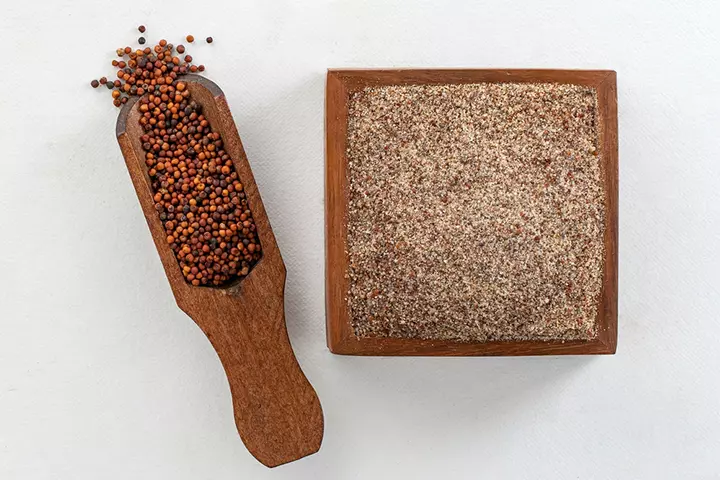
Image: Shutterstock
- Wash the ragi appropriately.
- Remove the liquid and spread it on a clean cloth under sunlight to dry.
- Once it dries, roast the powder over a medium flame until you smell an aroma of roasted finger millet.
- Turn off the heat and place it on a dish. Allow it too cool.
- Grind it finely in a grinding machine.
- Keep the ground ragi powder in a dry, air-tight can.
Making Ragi Porridge:
- Place one teaspoon of ghee in a cooking pan and heat it.
- Once it’s hot, add two teaspoons of ragi porridge powder and sauté for about one minute.
- Add about one cup of water.
- Then add half cup milk.
- Stir the mixture continuously so that the flour mixes well with the milk.
- Make sure no lumps of powder remain in the mixture.
- Then add a bit of grated jaggery for taste and stir the mixture properly till it dissolves in the mixture.
- Turn off the heat when the mixture reaches an appropriate consistency.
 Quick tip
Quick tipA Word Of Caution
You may mix cooked mashed potatoes or rice in ragi porridge to make it more nutritious. This combination is especially beneficial for underweight babies. For a sweet twist, try adding mashed banana instead of jaggery. Alternatively, for a savory version, include pureed vegetables like carrots or spinach.
Make sure you sterilize all the spoons and utensils before feeding your baby ragi porridge. Also, wash your hands thoroughly with soap before you feed the baby. Ragi porridge can be stored for later use, but proper storage techniques are crucial to maintain its safety and quality.
Frequently Asked Questions
1. Does ragi cause constipation in babies?
Ragi usually does not cause constipation since it is rich in fiber, which helps ease bowel movements (2). Nevertheless, each baby may respond differently to the food, so it may not be uncommon to have a baby develop constipation due to ragi.
2. Can ragi be given to babies at night?
You may consider introducing ragi during the day so that you may be able to note allergies easily. Once the baby can tolerate it well, you may also feed ragi at night.
3. Can we mix ragi with milk for babies?
Yes, ragi and cow milk porridge may be one of the preferred choices of foods for babies older than 12 months. Babies younger than 12 months can be served ragi with formula or breast milk.
Ragi has booked a spot for itself as a superfood in the last few years. It is nutrient-rich and provides several health benefits to babies. It can be one of the first few foods and can be introduced after six months. Ragi porridge for babies can be easily made and fed. If your child is underweight, you can add mashed potatoes or bananas to the porridge recipe for babies to make it healthier. If you notice any signs of allergy or uneasiness in your babies after feeding them ragi, immediately consult your pediatrician or nutritionist.
Infographic: Key Health Benefits Of Ragi For Babies
Ragi or finger millet makes up for fantastic baby food. It is one of the best food items for babies to gain weight and develop muscles. Scroll through the infographic below to discover more such health benefits of ragi for babies. You can save and share it with other new parents too!

Illustration: Momjunction Design Team
Illustration: Simple Steps To Prepare Ragi Porridge For Babies

Image: Stable Diffusion/MomJunction Design Team
7 days, 7 ragi porridges! Learn how to make protein and calcium-rich baby foods to help your little one gain weight. Tune in to this video for some delicious recipes.
References
- Finger Millet.
https://nap.nationalacademies.org/read/2305/chapter/5 - Palanisamy Bruntha Devi, et al.; Health benefits of finger millet (Eleusine coracana L.) polyphenols and dietary fiber: a review.
https://www.ncbi.nlm.nih.gov/pmc/articles/PMC4033754/#:~:text=Finger%20millet%20contains%20about%205,344%20mg%2F100%20g - Shonisani Eugenia RAMASHIA, et al.; Processing, nutritional composition and health benefits of finger millet in sub-saharan Africa.
https://www.scielo.br/j/cta/a/s4s53P79kYwWD4hNbY39xFn/?lang=en
Community Experiences
Join the conversation and become a part of our nurturing community! Share your stories, experiences, and insights to connect with fellow parents.
Read full bio of Shivani Sikri
Read full bio of Jessica Albert
Read full bio of Swati Patwal
Read full bio of Vidya Tadapatri










